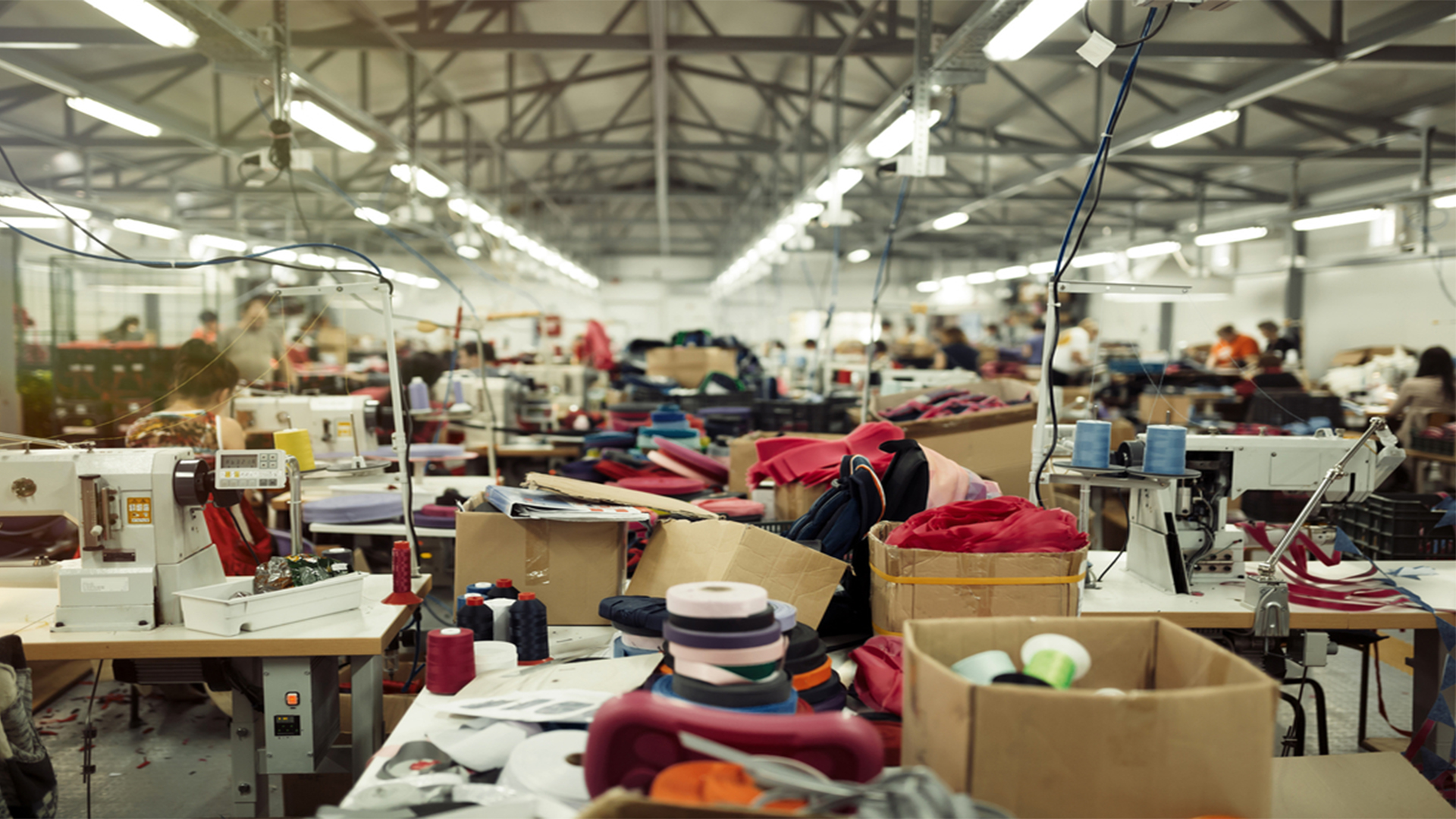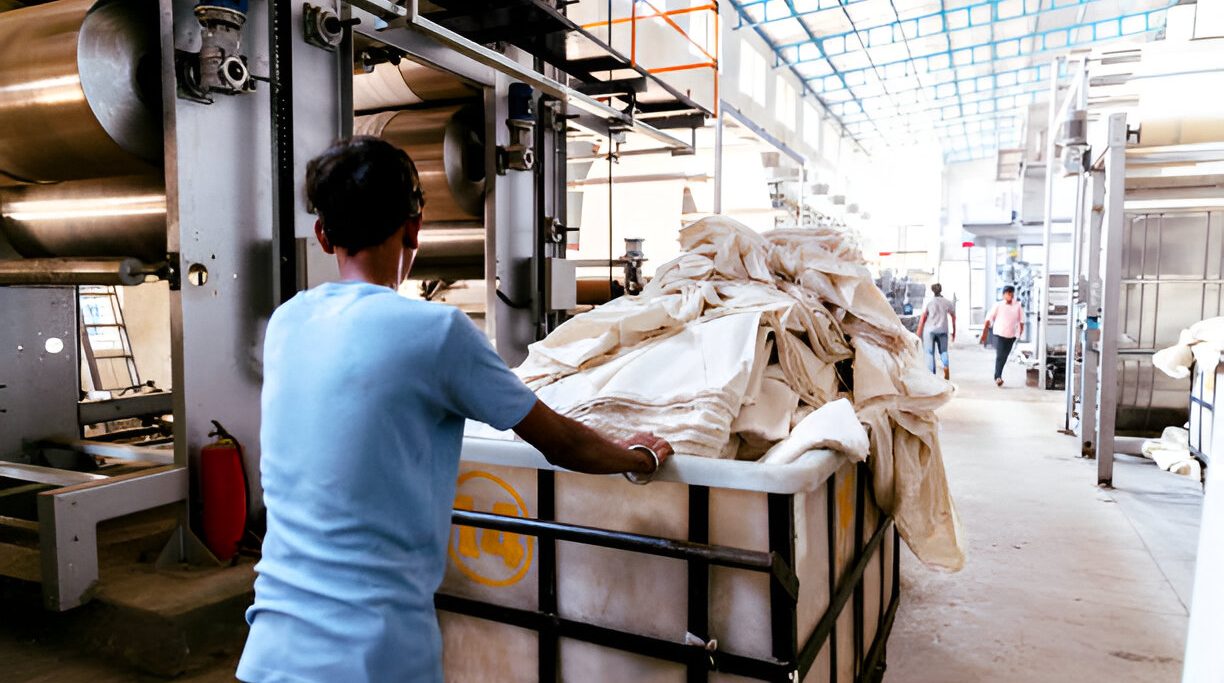The Pandemic came in as a not so pleasant surprise to the world. Nobody was prepared for a catastrophe at this level and the consequence it bore. While the impact on human lives turned out to be a massive tragedy, there was another aspect to the pandemic that took a backseat. The fall of the economy and the subsequent impact on Industries and Businesses across the world.
One of the major contributing sectors, the textile industry also fell victim to this. Not just on the manufacturing level but also the increasing change in people’s preference from style to comfort. The change is inevitable and has been happening on all levels. Industry trends took a completely different direction which started influencing the manufacturing patterns and changing a lot of norms and practises followed by the textile industry. So how did the pandemic influence small & large textile businesses all over the world?
The first noticeable change was the increasing shift towards establishing online setups even by brands that only believed in the orthodox mode of business. The Worldwide Web became the one saving grace for the industry with the fashion industry resettling into the internet world. While this proved to be an added advantage for brands that had smartly managed to make this shift earlier, most other brands had no other choice but to resort to online marketing to at least partially secure their brand’s future.
With this, designers and manufacturers started to break away from the new normal to create and manufacture, keeping the internet and it’s audiences in mind. Newer designs started revolving around internet trends and the older collection started being repackaged to cater to the social media crowd. Investments shifted from stores and labour to online promotions and targeted marketing.
The pandemic also led a lot of people to understand their privilege and take a moment to appreciate their lineage. There was an increasing number of the well settled population who’d wanted to come forward and help the ones that were harder hit. This in the clothing industry meant supporting small businesses and the work of local artisans. With campaigns like Vocal for Local gaining a lot of reach in India, smaller businesses, independent designers and artisans had an opportunity to be able to showcase and sell their produce to people all over the world. This also raised awareness on prioritising need over want and thus lead a lot of consumers to make not just local but more eco-conscious choices.
Sustainable fabrics and brands saw better sales as compared to the other fabric sellers and manufacturers, as consumers started paying more attention to ethical shopping and buying. Sustainable manufacturers, thrift stores and brands promoting slow fashion started grabbing people’s attention. The social media marketing buzz also saw an increased promotion of local businesses and sustainable manufacturers by influencers and brands.



